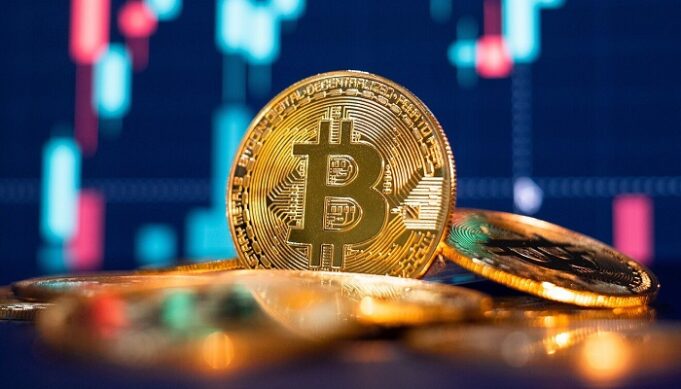Frenetic activity in bitcoin pushed it to its biggest monthly gain in more than three years on Thursday, February 29, 2024, and it is within range of a record high.
Bitcoin, the world’s largest cryptocurrency, by market capitalisation was steady in Asia morning trade at $61,100, having changed hands at as high as $63,933 overnight.
Its monthly gain is more than 44 per cent, the largest since December 2020.
It is pulling the smaller ether along for the ride – it last bought $3,416, up 50 per cent in February.
The momentum suggested “a test and likely break” of $69,000, said Tony Sycamore, an analyst at brokerage IG Markets, which would put bitcoin beyond its record high set in the heady days of crypto peaks in November 2021.
The head of Coinbase Global said the exchange was dealing with a surge in traffic.
“If this were any other market, it would likely be in the ‘blow-off top – don’t go near that bubble’ category. But bitcoin is back in its parabolic-rally phase, with no immediate signs of a top,” Reuters quoted a senior market analyst at City Index, Matt Simpson, as saying.
Bitcoin nears $60,000 for first time in over 3 years
The approval and launch of spot bitcoin exchange-traded funds in the U.S. this year has opened the asset class to new investors and reignited the excitement that was sapped when prices collapsed in the “crypto winter” of 2022.
LSEG data showed flows into the 10 largest spot bitcoin ETFs brought in $420 million on Tuesday alone, the most in almost two weeks. The three most popular, run by Grayscale, Fidelity, and BlackRock saw volumes surge.
Traders have also poured into bitcoin ahead of April’s halving event – process that takes place every four years in which the rate at which tokens are released is cut in half, along with the rewards given to miners.
Supply of bitcoin is limited to 21 million, of which 19 million have already been mined.
In addition, the prospect of the Federal Reserve delivering a series of rate cuts this year has fed investor appetite for higher-yielding or more volatile assets.
Foreign exchange volatility has slumped to two-year lows and the U.S. equity volatility index is settling back to pre-pandemic ranges.
- Atiku: FG awarded Lagos-Calabar highway to Tinubu’s ally - May 5, 2024
- UK: Only PhD students eligible to bring dependants - May 5, 2024
- Driver dies after crashing into White House gate - May 5, 2024










